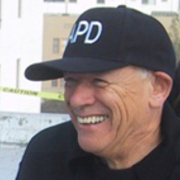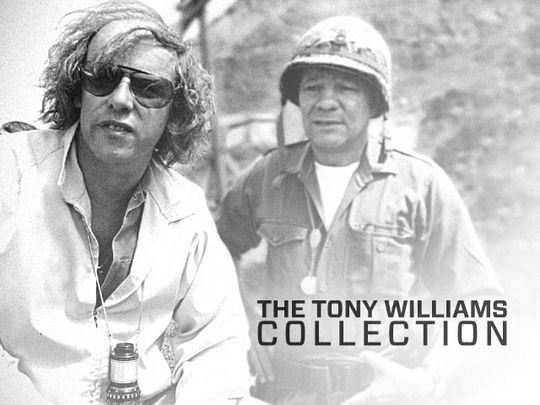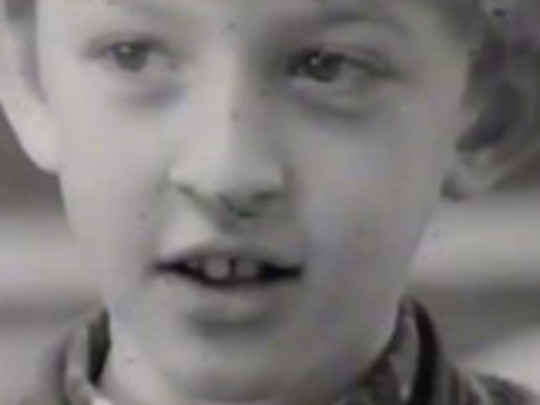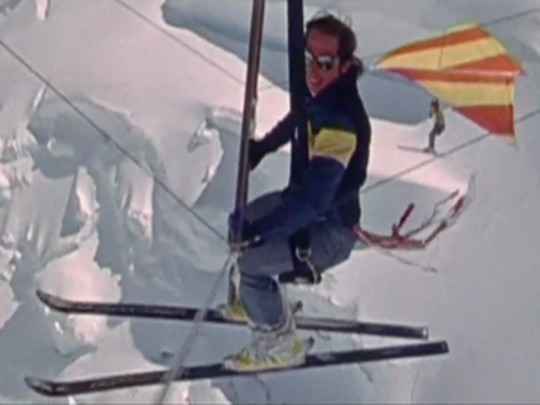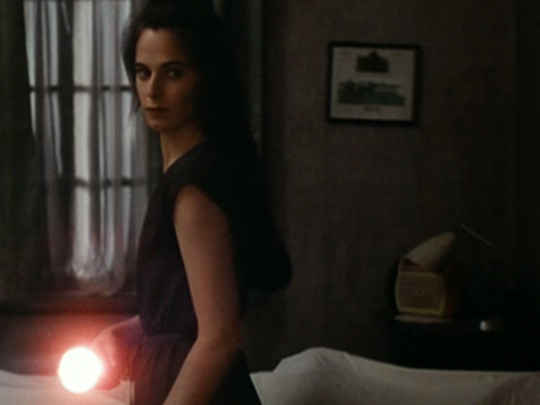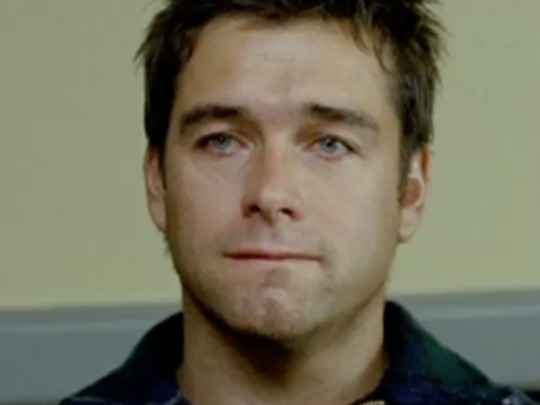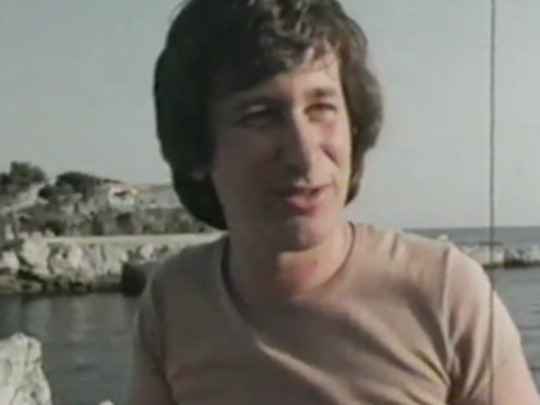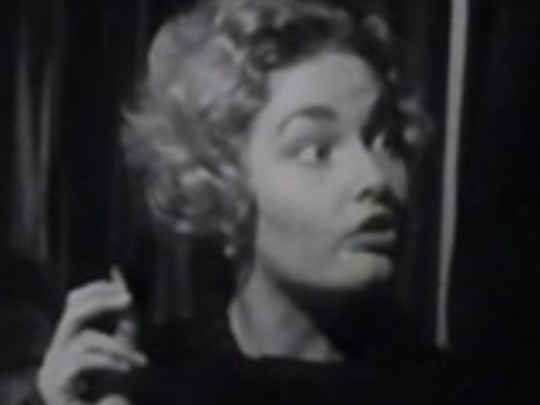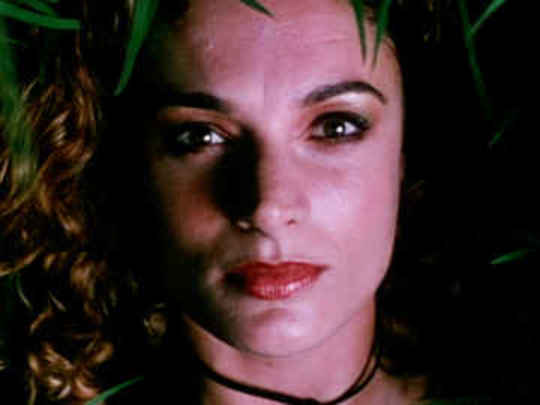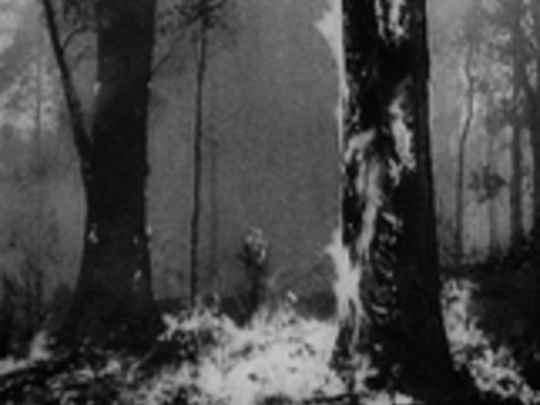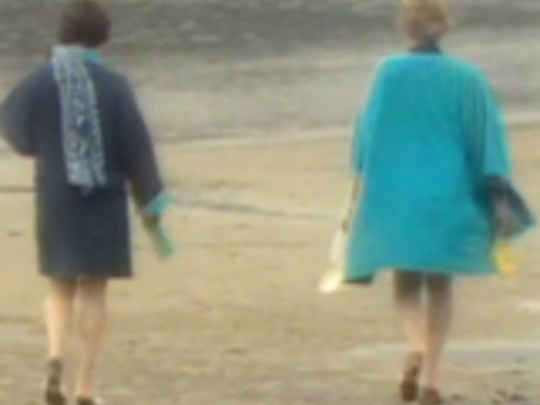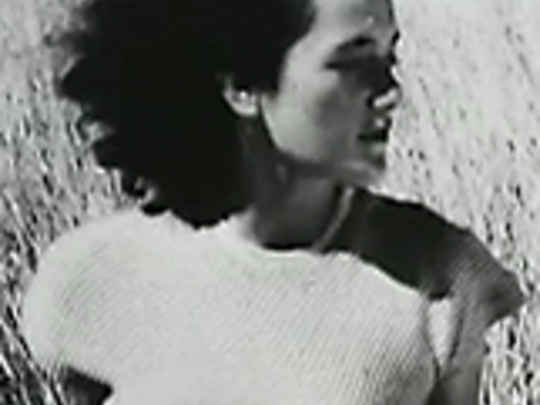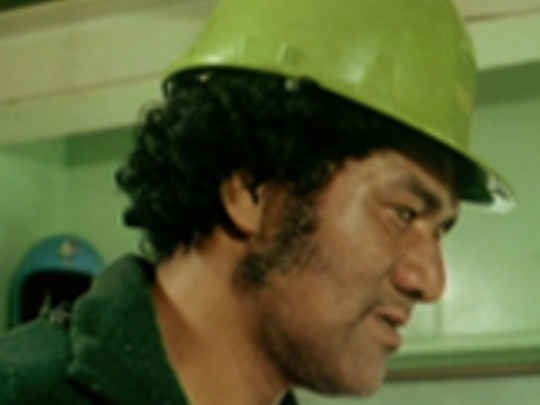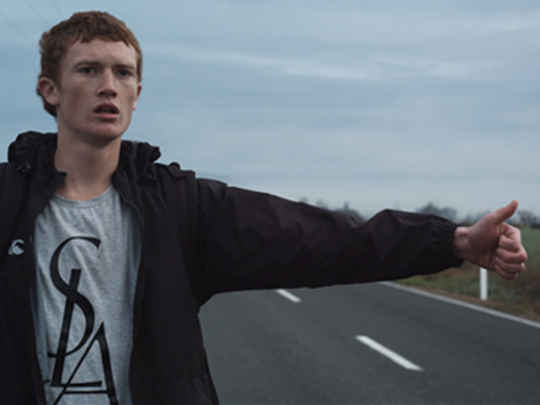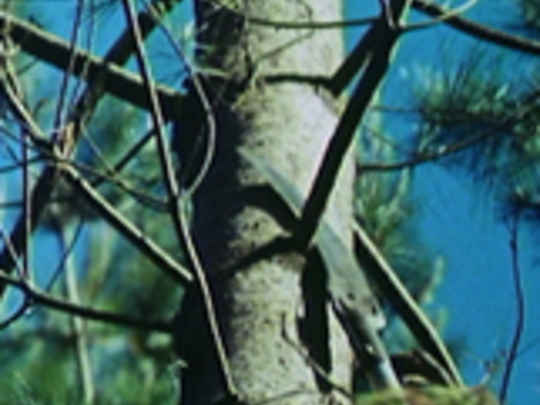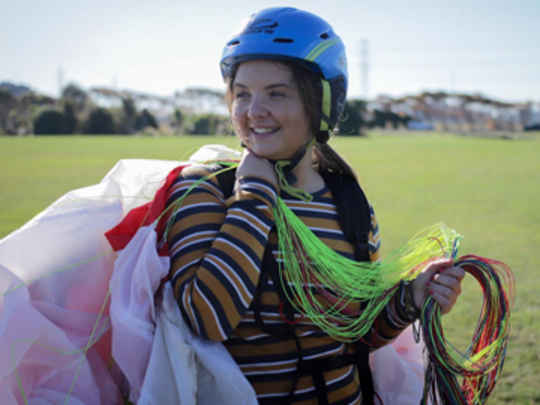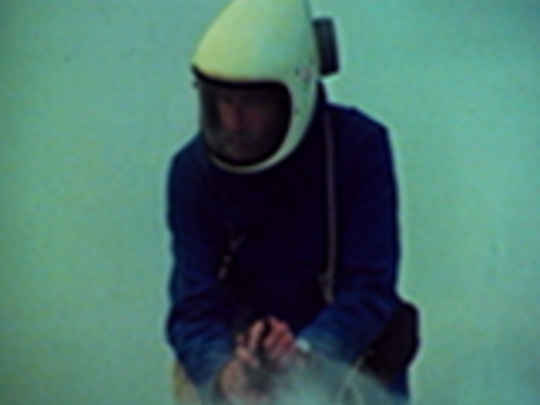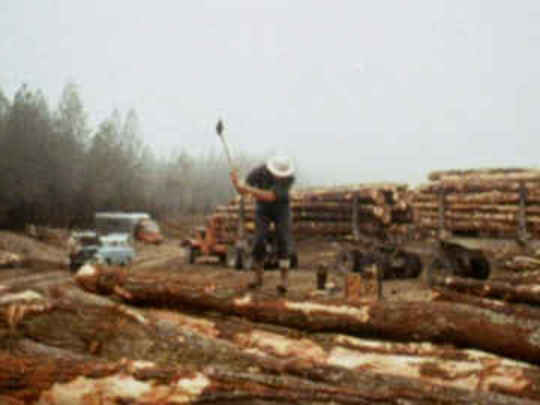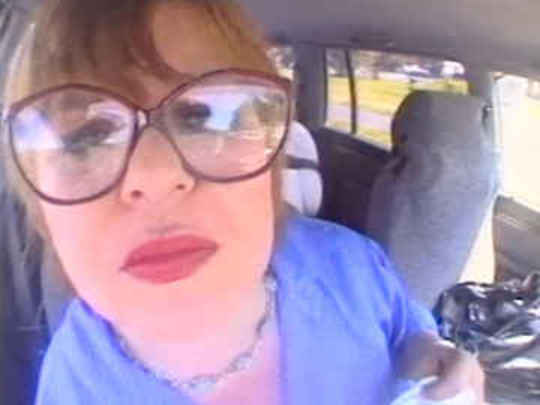Solo
Film (Trailer and Excerpts) – 1977
Solo - Memories of the Camera that Wouldn’t
I had the idea of making a film about a forestry fire watcher after shooting a commercial in the North Island pine forests. I envisaged it as a telemovie, low budget, quick turn around, shot in 16mm. Martyn Sanderson helped me with a script which we jointly forged together in about four to five weeks. There was no Film Commission in New Zealand at that time, and local television didn’t encourage independent productions. I was told by state television that "all independent work goes to the bottom of our list — if you want to make films for television apply for a job on our staff".
I approached an old NZ friend, producer David Hannay, who resided in Australia. He quickly got the majority of funding from Channel Seven TV in Sydney. The rest of the modest $136,000 budget came from independent investors in NZ, advertising sponsorship, plus $10,000 from the Queen Elizabeth II Arts Council. Channel Seven then suggested they blow up our 16mm master to 35mm and put it out as a cinema feature (which would help promote the eventual TV release). It was never my idea to make Solo as a cinema feature, so I was a bit dubious about this change of direction.
Our shooting was on a very tight schedule. We shot all the interiors at the end of the exterior locations shoot. The rushes were sent to Sydney, as Channel Seven owned the processing lab. We were shooting 18 to 20 hour days during the final two weeks to get the film completed. Then we wrapped, and dismissed the cast and crew.
Back in Wellington, we sat down in a theatre with great expectations to view the final two weeks rushes (processed footage) which had just arrived back from Sydney. The first shot came up out of focus. We yelled at the projectionist to "focus the bloody lens". But it wasn’t the projector that was soft — it was the film, all of it. The total footage of those final exhausting two weeks shooting was unusable. It transpired the equipment given to us by the camera hire company had a faulty zoom lens — an element in the lens was out of alignment we were told, but the soft focus was not visible to the camera operator when viewing through the eyepiece. There was nothing for it but to reshoot. David Hannay and production manager Pat Cox had the unenviable job of asking the owner of the Rotorua house we had used as a location, if we could once again kick their family out and move our crew in for another week. The same applied to another grand home in the Wairarapa. Reluctantly we were given permission by both property owners to once again move into the two locations for the reshoot.
Again — two hard weeks of long hours. The reshoot footage was returned to Wellington from Sydney. We sat down to watch the culmination or our hard work. Unbelievably, once gain, it was all soft focus. This time, we were told, it was the camera body lens mount that was unstable.
Bad lens, and now bad camera body. It became obvious we had been given a pile of crap by the rental company.
Director of photography John Blick and focus puller Mike Hardcastle were ready to jump off the top of Mount Cook; they were so frustrated by the impossible situation.
David Hannay had the job of raising finance to do a second reshoot. The completion guarantee insurance company informed us the rental company had refused to release the equipment to allow independent testing on the camera. They were trying to protect themselves against litigation. The insurance company said it could take one to two years to take the rental company to court, therefore they would only offer us half the insurance payout to do a second reshoot.
Once again, David and Pat had to sweet talk our way back into the locations, one of the hardest jobs any production person has had to do in my experience. The owners very reluctantly give us the run of these two homes for a third time. Bunches of flowers, champagne and a stay in a hotel provided small recompense for people having to move out of their homes. The actors were also unhappy having to repeat the same scenes and lines for the third time, and it was hard to rekindle a fresh performance on what was now a tired script.
We ditched the camera equipment and went to another hire company and started afresh. Poor John Blick was so stressed with the whole exercise that he poured more light onto the scenes than he would have preferred, in order to increase the depth of field.
But at last we had sharp images, and the shoot was wrapped.

